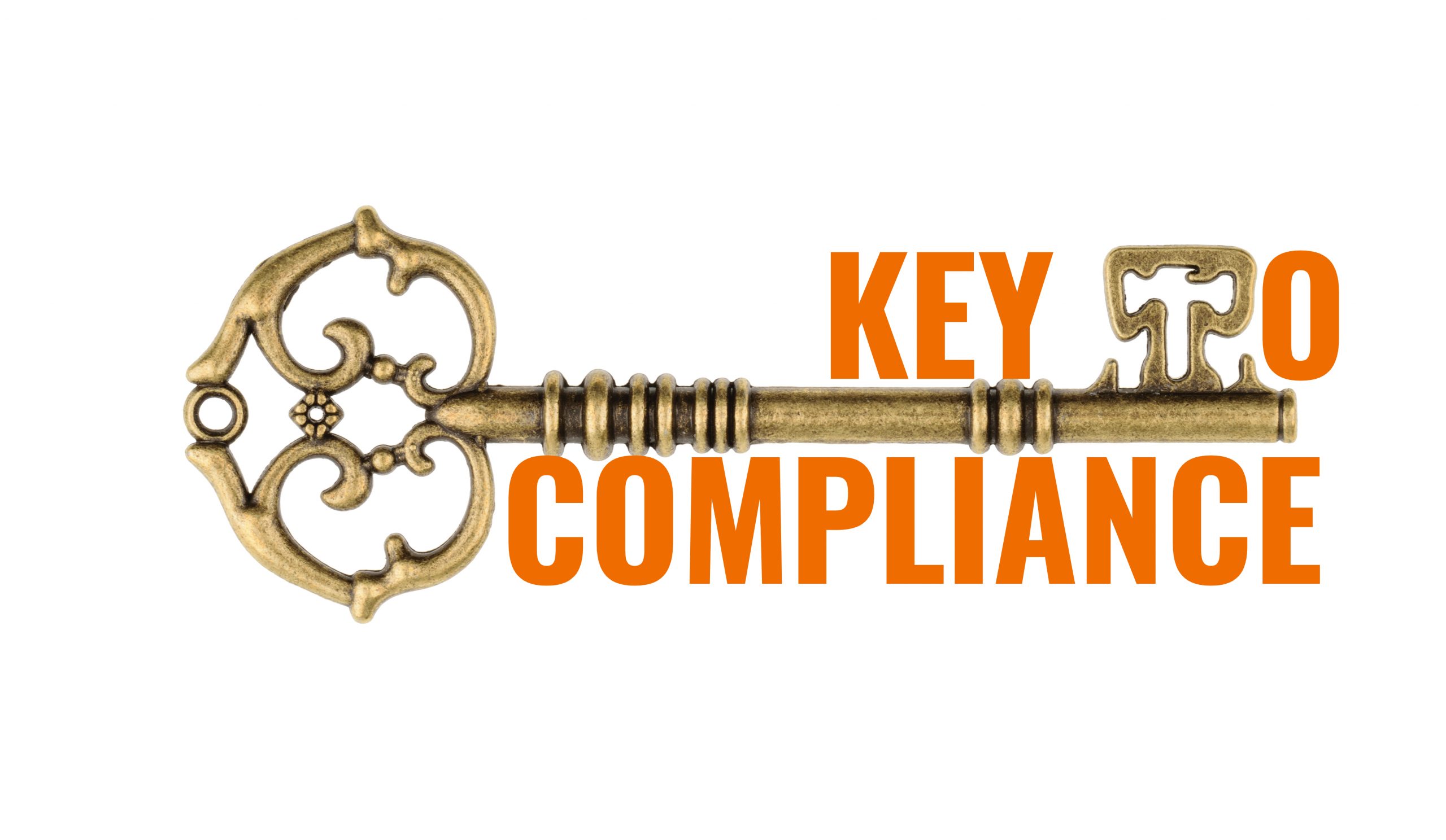It is a common strategy for Medical device Manufacturers to outsource the manufacturing and services function to low cost destinations. But with the benefit of low cost also comes lots of problems related to regulations and management. As the supply chain becomes longer and more diverse and now with COVID-19 situation many disruptions getting surfaced, it becomes more difficult to control. But the company is responsible for any kind of problem happening with the devices and ultimately will be held responsible for its failure. Hence it is very important to have a concrete process for the supplier selection, evaluation and management.
The FDA has formulated many regulations for medical devices that define the requirements for supplier selection, management, and control. ISO 13485 includes similar requirements. In February 2009, the Global Harmonization Task Force (GHTF) released a guidance document on controlling products and services from suppliers. This guidance document has become the global de facto standard for supplier management.
Manufacturer (GHTF SG1(PD)N055 R6, section 4.1) “Manufacturer” means any natural or legal person who designs and/or manufactures a medical
device with the intention of making the finished medical device available for use, under his name; whether or not such a medical device is designed and/or manufactured by that person himself or on his behalf by a third party(ies).
NOTE 1: This ‘natural or legal person’ has ultimate responsibility for ensuring compliance with all applicable regulatory requirements for the medical device in the countries or jurisdictions where it is intended to be made available or sold.
NOTE 2: The manufacturer’s responsibilities are described in other GHTF guidance documents. They include a responsibility to ensure pre- and post-market regulatory requirements for a finished medical device are met. This includes adverse event reporting and notification of corrective actions.
NOTE 3: “Design and/or manufacture”, as referred to in the above definition, may include:
- Specification development, production, fabrication, assembly, processing, packaging, repackaging, labeling, relabeling, sterilization, installation, or re-manufacturing; and/or
- Assembly, packaging, processing and/or labeling of one or more finished products.
NOTE 4: Any person who assembles or adapts a device(s) that has already been supplied by another person for an individual patient, in accordance with the instructions for use, is not the manufacturer, provided the assembly or adaptation does not change the intended use of the device(s).
NOTE 5: Any person who changes the intended use of, or modifies, a finished medical device in a way that may affect safety or performance, without acting on behalf of the original manufacturer and who makes it available for use under his own name, should be considered the manufacturer of the modified medical device.
NOTE 6: To the extent that an accessory is subject to regulatory requirements of a medical device, the person responsible for the design and/or manufacture of that accessory is deemed to be a manufacturer.
Each regulatory authority ultimately holds one “manufacturer” of medical devices or entity primarily responsible for meeting regulatory quality management system requirements.
This “manufacturer” or entity, that has the ultimate responsibility for its quality management system, cannot relinquish (contractually or otherwise) its obligation and responsibility over any or all functions within the quality management system. This means the responsibility for complying with the quality management system requirements cannot be delegated to any supplier of products and services.
Some suppliers may undergo some form of oversight either by a regulatory authority, or a thirdparty operating on behalf of a regulatory authority (for example contract sterilizers, contract laboratories, pharmaceutical manufacturers, other medical device manufacturers, etc.). This oversight does not relinquish the responsibility of a manufacturer to establish controls and provide evidence for products and services obtained from suppliers.
Regulatory authorities and third parties will inspect/audit a manufacturer to confirm that objective evidence of control over products and services from suppliers is present, or readily available, at the manufacturer’s site. Failure to have any evidence on-site, or provide access to any objective evidence of the controls associated with products and services from suppliers could result in the manufacturer’s quality management system being non-compliant.
The process of establishing controls for products and services obtained from suppliers typically comprises six phases, which include:
- Planning
- Selection of potential supplier(s)
- Supplier evaluation and acceptance
- Finalization of controls
- Delivery, measurement and monitoring
- Feedback and communication, including Corrective Action and Preventive Action process
Supplier Control Process Chart
The above diagram in the PDF link illustrates key activities that a manufacturer would perform, along with examples of the type of objective evidence that could be generated to help demonstrate the manufacturer’s control. Some of these activities may be performed in parallel and are not meant to be an all-inclusive list. In addition some of these activities may occur within other QMS processes such as, manufacturers must evaluate, select, and monitor suppliers. As the supply chain becomes longer and more diverse, the methods of control become more difficult and the expectations of regulators become more stringent.
The best approach implements specific actions:
- Create clear requirements for supplier
- Evaluate potential suppliers against the criteria
- Create cross-functional multi-discipline teams that remain active beyond the selection process
The team approach, often called a commodity team or supplier team, is one of the most effective methods for supplier selection and management. The team needs to understand the requirements, implement the best practices in the GHTF document, and work with suppliers.
